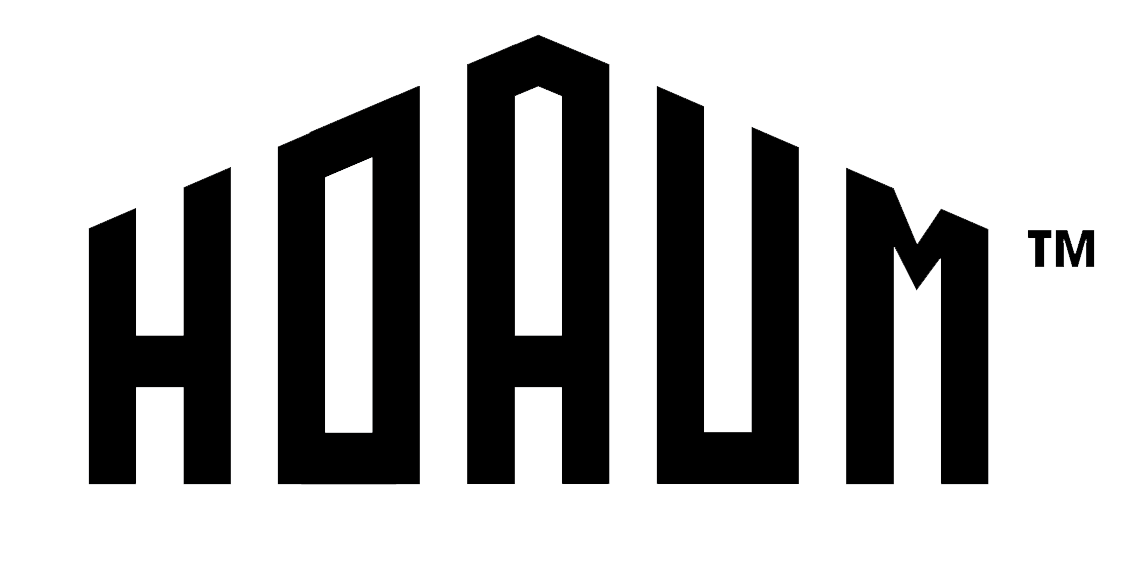Your roof is one of the most critical components of your home. It protects you from the elements, enhances your home’s aesthetic appeal, and significantly impacts energy efficiency. Choosing the right roof involves considering various factors, including materials, styles, and costs. This guide will help you make an informed decision tailored to your needs, budget, and local climate.
Factors to Consider When Choosing a Roof
- Climate and Weather Conditions
Your local climate plays a significant role in determining the best roofing material. For example:- Asphalt shingles are versatile and perform well in most climates.
- Metal roofs are ideal for areas prone to heavy snow or hail due to their durability.
- Clay or concrete tiles are excellent for hot, dry regions as they resist heat and fire.
- Durability and Lifespan
Different roofing materials have varying lifespans. For instance:- Asphalt shingles last 20–30 years.
- Metal roofs can last 40–70 years.
- Slate or tile roofs may last over 100 years with proper maintenance.
- Energy Efficiency
Some materials, like metal or reflective shingles, help reduce cooling costs by reflecting sunlight, making them a great choice for energy-conscious homeowners. - Style and Aesthetics
Your roof should complement your home’s architectural style. A colonial home, for example, may pair best with wood shakes, while a modern home might look sleek with a flat or metal roof. - Budget
Costs can vary widely depending on the material, labor, and complexity of the installation. It’s essential to balance upfront costs with long-term savings on maintenance and energy efficiency.
Popular Roofing Materials
- Asphalt Shingles
- Pros: Affordable, easy to install, widely available, suitable for most climates.
- Cons: Shorter lifespan compared to other materials.
- Cost: $5,000–$10,000 for a standard roof.
- Metal Roofing
- Pros: Durable, lightweight, energy-efficient, fire-resistant, recyclable.
- Cons: Higher upfront cost, can be noisy during rain.
- Cost: $10,000–$20,000, depending on the type of metal.
- Clay and Concrete Tiles
- Pros: Excellent for hot climates, fire-resistant, long lifespan.
- Cons: Heavy, expensive, requires reinforced roof framing.
- Cost: $15,000–$30,000.
- Slate Roofing
- Pros: Extremely durable, elegant appearance, eco-friendly.
- Cons: Expensive, heavy, requires skilled installation.
- Cost: $20,000–$50,000.
- Wood Shakes and Shingles
- Pros: Natural aesthetic, good insulation, eco-friendly when sourced sustainably.
- Cons: Prone to fire unless treated, requires regular maintenance.
- Cost: $10,000–$20,000.
- Synthetic Roofing Materials
- Pros: Affordable, lightweight, durable, mimics the look of more expensive materials.
- Cons: May lack the authenticity of natural materials.
- Cost: $8,000–$15,000.
Roof Styles to Match Your Home
- Gable Roof
- Classic triangular shape.
- Works well with most materials.
- Ideal for shedding water and snow.
- Hip Roof
- Slopes on all sides for added stability.
- Commonly used with tiles or asphalt shingles.
- Flat Roof
- Sleek, modern aesthetic.
- Typically uses membranes like TPO or EPDM.
- Mansard Roof
- French-inspired design with four slopes.
- Looks elegant with slate or synthetic materials.
- Gambrel Roof
- Barn-style roof with steep slopes.
- Often paired with metal or wood shingles.
Cost Breakdown for Roof Installation
- Materials
Roofing materials account for 40–50% of the total cost. Premium materials like slate or metal can significantly increase your budget. - Labor
Labor costs vary based on the material’s complexity and your location. Skilled installation, such as slate, costs more than basic asphalt shingle installation. - Additional Costs
- Roof framing or structural reinforcement (for heavy materials like tile).
- Disposal of old roofing materials.
- Insulation and ventilation upgrades.
Typical Costs:
- Basic Roof (Asphalt Shingles): $5,000–$10,000.
- Mid-Range Roof (Metal, Wood): $10,000–$20,000.
- High-End Roof (Slate, Tile): $20,000–$50,000 or more.
Tips for Choosing the Right Roof
- Assess Your Home’s Needs: Consider factors like the age of your home, local weather, and the style you want to achieve.
- Get Multiple Estimates: Consult with at least three roofing contractors to compare costs, materials, and warranties.
- Check Warranties: Look for warranties that cover both materials and installation to protect your investment.
- Prioritize Quality: While it’s tempting to choose the cheapest option, investing in durable, energy-efficient materials can save money in the long run.
Final Thoughts
Choosing the right roof for your home is a significant decision that affects your home’s appearance, protection, and long-term costs. By considering factors like materials, style, durability, and budget, you can make a choice that suits your needs and enhances the value of your property. With careful planning and the right roofing contractor, your home can have a roof that not only looks great but also stands the test of time.
